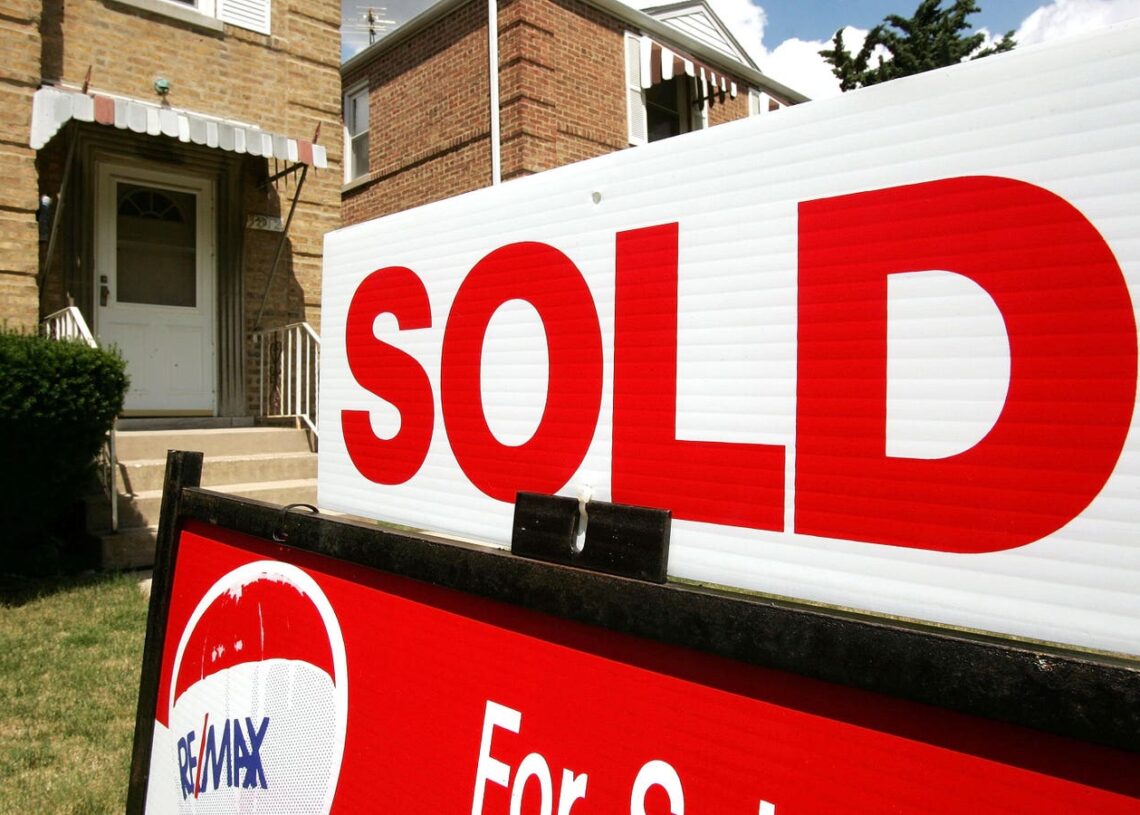Housing has become increasingly expensive. According to the National Association of Realtors, mortgage rates on average have risen by more than a full percentage point over the last 12 months. The average price of a home has inched up as well. Taken together and measured against household incomes, the statisticians at the Association estimate that affordability of home ownership for the average American has plummeted nearly 10% over the past year and today sits at its lowest level since 2011. Economics 101 would tell us that demand should slack off. Yet, home sales continue to rise. The Census Bureau reports that sales of privately owned houses fell off a bit in October, the most recent period for which data are available, but remain some 18% above year-ago levels. Sales have held up in defiance of standard price theory because Americans are still very concerned about inflation.
Indeed, the behavior of the housing market, more than any other economic gauge, announces that Americans, though aware of easing rates of inflation recently, are concerned that the economy is far from out of the woods on this matter. They fear a rising cost of living and exhibit that fear by flocking to the best inflation hedge available to them — home ownership — and secure it even if it means stretching their household budget to the limit. Few homeowners can quote the numbers, but the history of the last great inflation guides their decisions. From the mid-1970s to the mid-1980s, the crushing burden of 6.2% inflation a year tracked by the Bureau of Labor Statistics was still bested by an 8.7% rise in residential real estate values recorded by the Census Bureau. The 2.5 percentage point difference more than made up for the burden of paying mortgage rates that rose to double digits during that time.
Support authors and subscribe to content
This is premium stuff. Subscribe to read the entire article.











